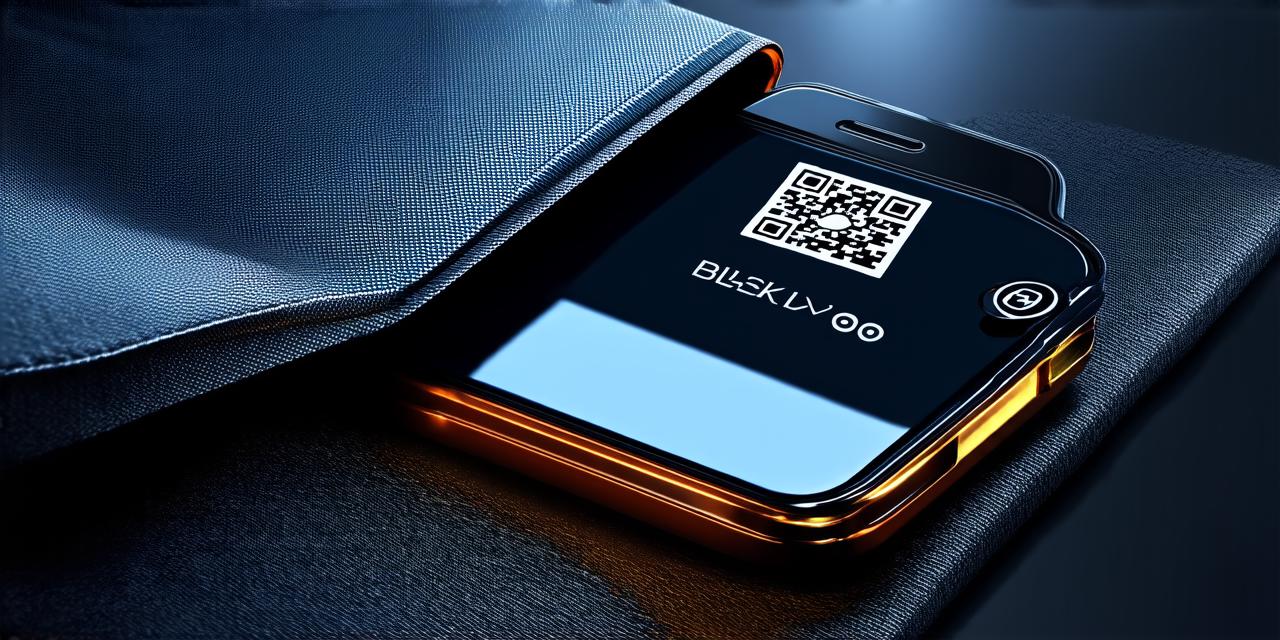
Blockchain Wallets Have Become an Essential Tool for Developers Working with Cryptocurrencies and Decentralized Applications (dApps). With the Growing Popularity of Blockchain Technology, It’s Important for Developers to Understand How to Use These Wallets Effectively.
In this article, we will provide a step-by-step guide on how to use blockchain wallets, including common mistakes to avoid, security best practices, and real-life examples of successful blockchain wallet integrations.
I. Introduction
A. Background on Blockchain Wallets
Blockchain wallets are digital wallets that allow users to store and manage their cryptocurrencies securely on the blockchain. They offer a variety of features such as private keys, multi-signature support, and smart contracts integration.
B. Importance of Blockchain Wallets for Developers
For developers working with cryptocurrencies and dApps, blockchain wallets are essential tools. They provide a secure and efficient way to manage cryptocurrencies, including buying, selling, and transferring them. Additionally, blockchain wallets can be integrated into dApps, providing users with an easy and convenient way to interact with the dApp’s functionality.
II. Setting Up Your Blockchain Wallet
A. Choosing a Blockchain Wallet Provider
When choosing a blockchain wallet provider, it’s important to consider factors such as security, ease of use, and compatibility with your preferred cryptocurrency. Some popular blockchain wallet providers include MetaMask, MyEtherWallet, and Trust Wallet.
B. Creating Your Blockchain Wallet Account
Once you have chosen a blockchain wallet provider, you can create an account by visiting their website or downloading their mobile app. The process typically involves providing your email address and creating a password.
C. Generating Your Wallet Address
After creating your account, you will be prompted to generate a wallet address. This is the unique identifier for your blockchain wallet and will be used to receive and send cryptocurrencies. It’s important to keep your wallet address private and not share it with anyone.
III. Managing Your Blockchain Wallet
A. Adding Funds to Your Wallet
To add funds to your blockchain wallet, you can either purchase cryptocurrency from an exchange or transfer it from another wallet. When transferring funds, it’s important to double-check the receiving address to ensure that you are sending the funds to the correct wallet.
B. Sending Funds from Your Wallet
To send funds from your blockchain wallet, you will need to navigate to the “send” or “transfer” section of your wallet and enter the recipient’s wallet address, along with the amount of cryptocurrency you want to send. It’s important to double-check the receiving address before sending funds to ensure that you are not accidentally transferring them to the wrong wallet.
C. Buying Cryptocurrency from an Exchange
If you don’t have any cryptocurrency in your blockchain wallet, you can purchase it from an exchange. To do this, you will need to create an account with the exchange and verify your identity. Once your account is verified, you can place an order to buy cryptocurrency, which will be transferred directly to your blockchain wallet.
IV. Best Practices for Blockchain Wallet Security
A. Keeping Your Wallet Secure
1. Use Strong Passwords
When creating your blockchain wallet account, it’s important to use a strong password that includes a mix of letters, numbers, and special characters. Avoid using easily guessable information such as your birthdate or address.
2. Enable Two-Factor Authentication
Two-factor authentication (2FA) adds an additional layer of security to your blockchain wallet by requiring a second form of verification, such as a code sent to your phone or email, in addition to your password. This makes it much more difficult for hackers to access your wallet.
B. Backing Up Your Wallet
1. Encrypt Your Wallet Data
Encrypting your wallet data adds an additional layer of security by ensuring that even if your wallet is stolen or lost, the data cannot be accessed without the encryption key. This makes it much more difficult for hackers to steal your cryptocurrencies.
